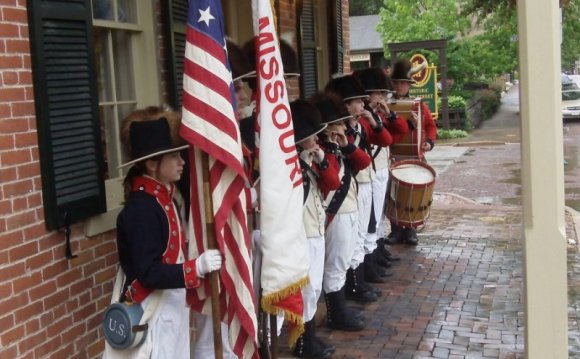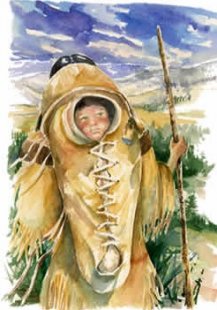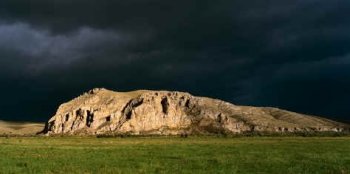
 Sacagawea was the only female among 32 male members of the Lewis and Clark expedition. She was part of the main party from April 7, 1805 until August 14, 1806. Her official role was that of a Shoshone interpreter. However, she was not in the payroll as was Toussaint Charbonneau, her French Canadian husband. After the expedition Charbonneau was paid $533.33 for his interpreting services and was also given 320 acres of land in Missouri. Sacagawea on the other hand was paid nothing. She fulfilled many roles as the expedition progressed and proved to be an asset for the Corps of Discovery.
Sacagawea was the only female among 32 male members of the Lewis and Clark expedition. She was part of the main party from April 7, 1805 until August 14, 1806. Her official role was that of a Shoshone interpreter. However, she was not in the payroll as was Toussaint Charbonneau, her French Canadian husband. After the expedition Charbonneau was paid $533.33 for his interpreting services and was also given 320 acres of land in Missouri. Sacagawea on the other hand was paid nothing. She fulfilled many roles as the expedition progressed and proved to be an asset for the Corps of Discovery.
 Token of peace
Token of peace
Her presence was her greatest contribution as it served to defuse tensions between the explorers and Native Americans. Native Americans approached westerners with great caution and hesitation but after seeing Sacagawea with her son strapped to her back they were assured that the explorers had peaceful intentions. For many Sacagawea represents a symbol of the expedition’s peaceful purposes and, as controversial as it may be, a building bridge in the success in Indian relations. The following is Clark’s observation in his journal dated
“The wife of Shabono our interpreter we find reconciles all the Indians, as to our friendly intentions a woman with a party of men is a token of peace”.
 This is how Sacagawea may have carried Jean Babtiste.
This is how Sacagawea may have carried Jean Babtiste.
Identifying landmarks
Historians have given numerous assessments as to her role as a guide of the expedition. Her contribution to the Corps of Discovery is based on identifying landmarks she remembered from her childhood and suggesting routes that were familiar to her near Shoshone lands. Before they arrived at the Shoshone nation Lewis made three journal entries mentioning familiar landmarks that Sacagawea remembered from her childhood. There are no other journal entries stating Sacagawea’s familiarity with another area. The rest of the regions were unfamiliar to her as it was to the rest of the expedition. On Lewis’s journal entry stated:
“the Indian woman recognizes the country and assures us that this the river on which her relations live, and that the three forks are at o great distance. This piece of information has cheered the sperits of the party who now begin to console themselves with the anticipation of shortly seeing the head of the Missouri yet unknown to the civilized world.”









